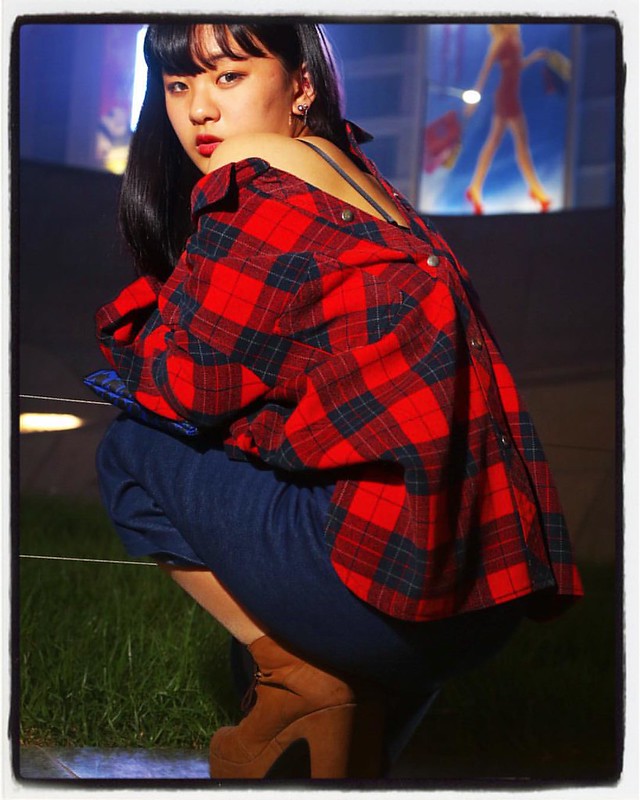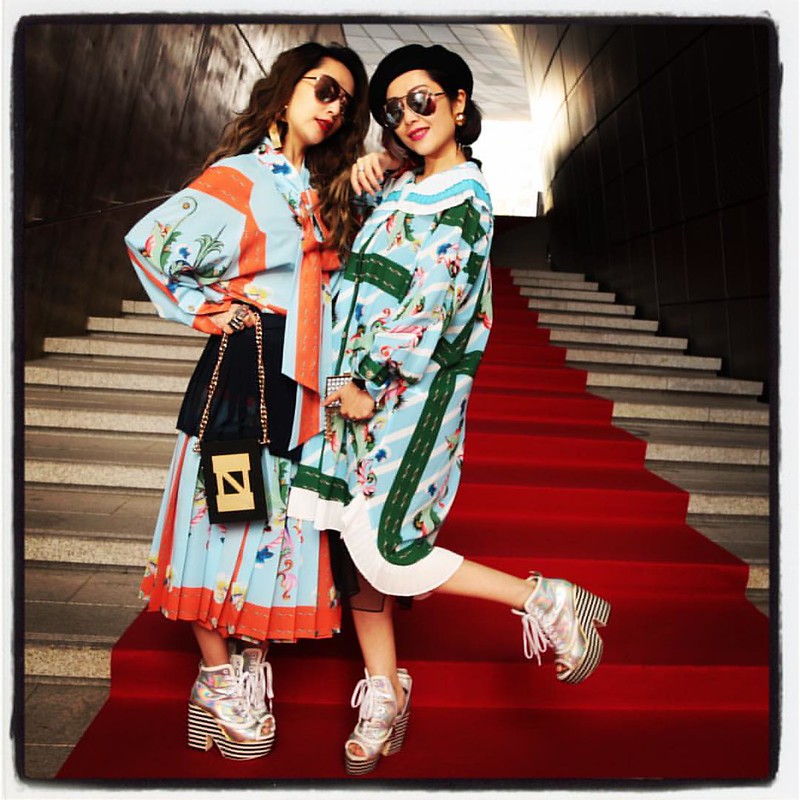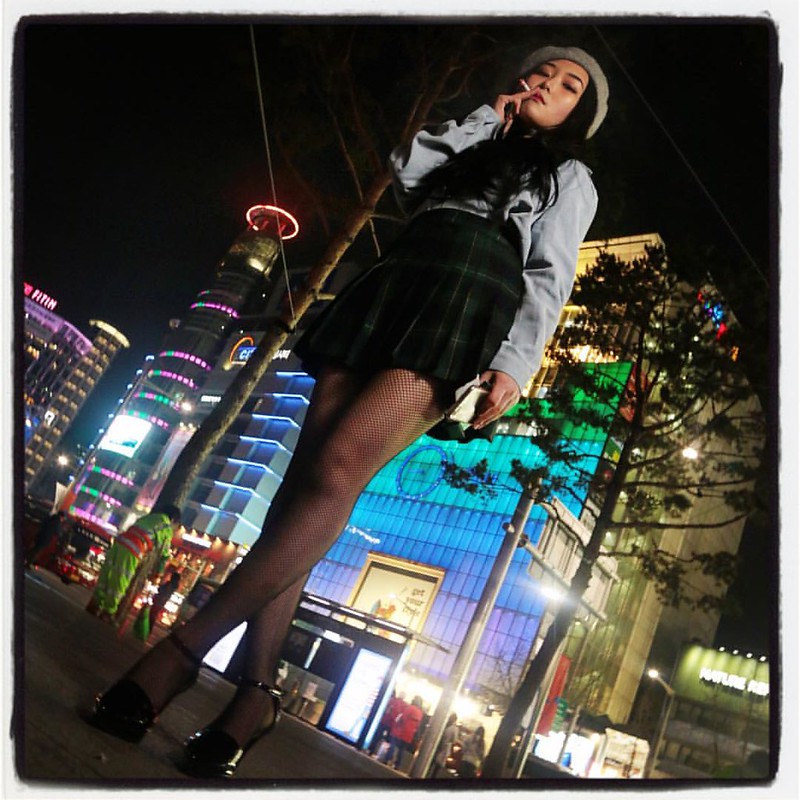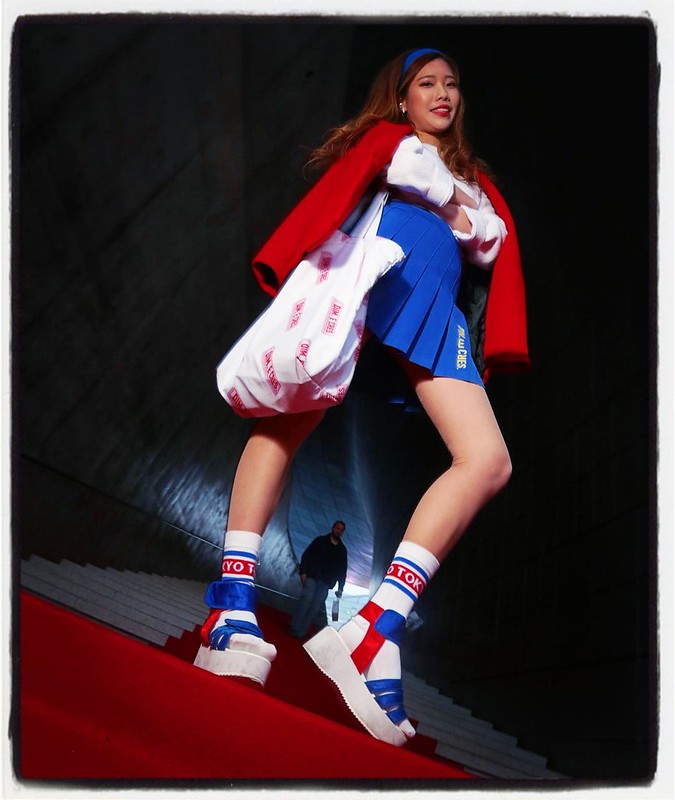As with anything worth declaring aloud and to a wide audience, it is best to just come out with it, in a straightforward manner. Towards this end, that is what I will do here. Put simply, most "street fashion" photographers at SFW who "shoot in natural light" always do so because they really have little other choice, with that decision being bounded mostly by the fact that they do not, in fact, know how to use a flash properly, let alone creatively, and to positive creative effect.
I came into this game as a photographer and academic doing street phototography as social documentary, and then moved in the direction of documenting what women were wearing as a way of looking at changing gender role norms, the performance of gender in the Butlerian sense, and then at items of clothing specifically. So when I do what are essentiall "environmental portraits" that happen to include take up sartorial concerns, I worry first about the background and then how that background is having a conversation with the subject. I worry about context first, the subject's personality second, and the clothing last. And in the big picture, I am trying to capture something about Korean society beyond just the rags hanging on the subject's body.
Most of the problem with "street fashion" lies, seemingly paradoxically, in the name, in the emphasis on fashion. It also lies in the fact that most street fashion in Korea is done by fashion-oriented people who, quite frankly, don't know the first thing about a camera. To me, that is a bit suspect. I'm not trying to be a dick about this, but if you're a "street fashion photographer," you should know what shutter and aperture do. You should know what aperture f-stops do in relation to flash brightness. I don't think this is arrogant to say I think it is all quite reasonable fact, a reality for an ostensible professional photographer, of runway, of street, of documentary, of anything. We forget, all too quickly aand easily, in our rush to be Instagram-famous and respected for one's intellectual or artistic prowess, that the root word of professional or say, a professor, is to "profess"-- in essence, to know something well. Here's my problem with "street fashion photography in Korea, cribbed from the top pictures in a Google image search for "ddp street fashion korea."
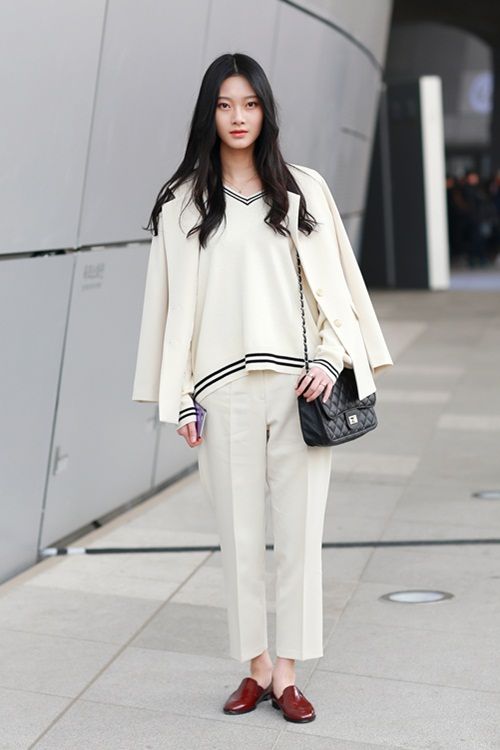
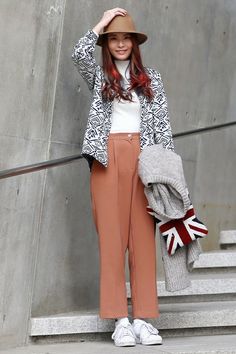
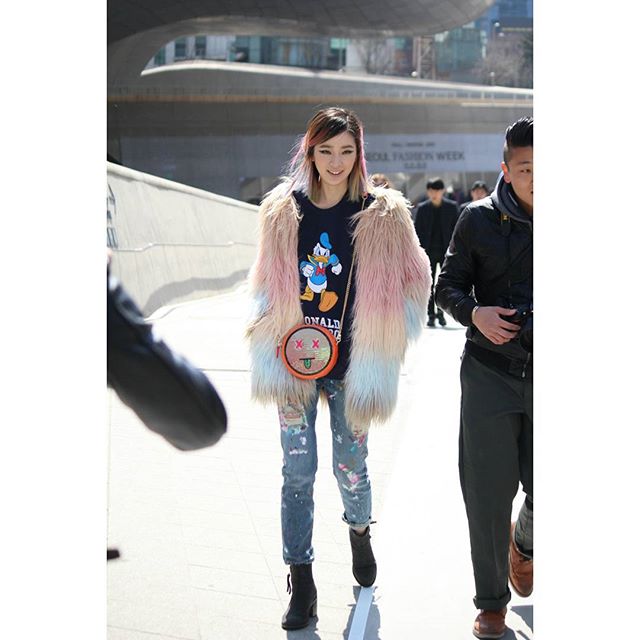
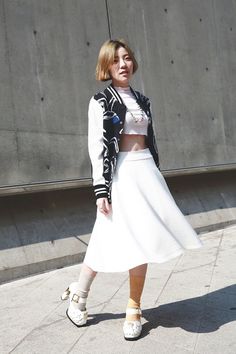
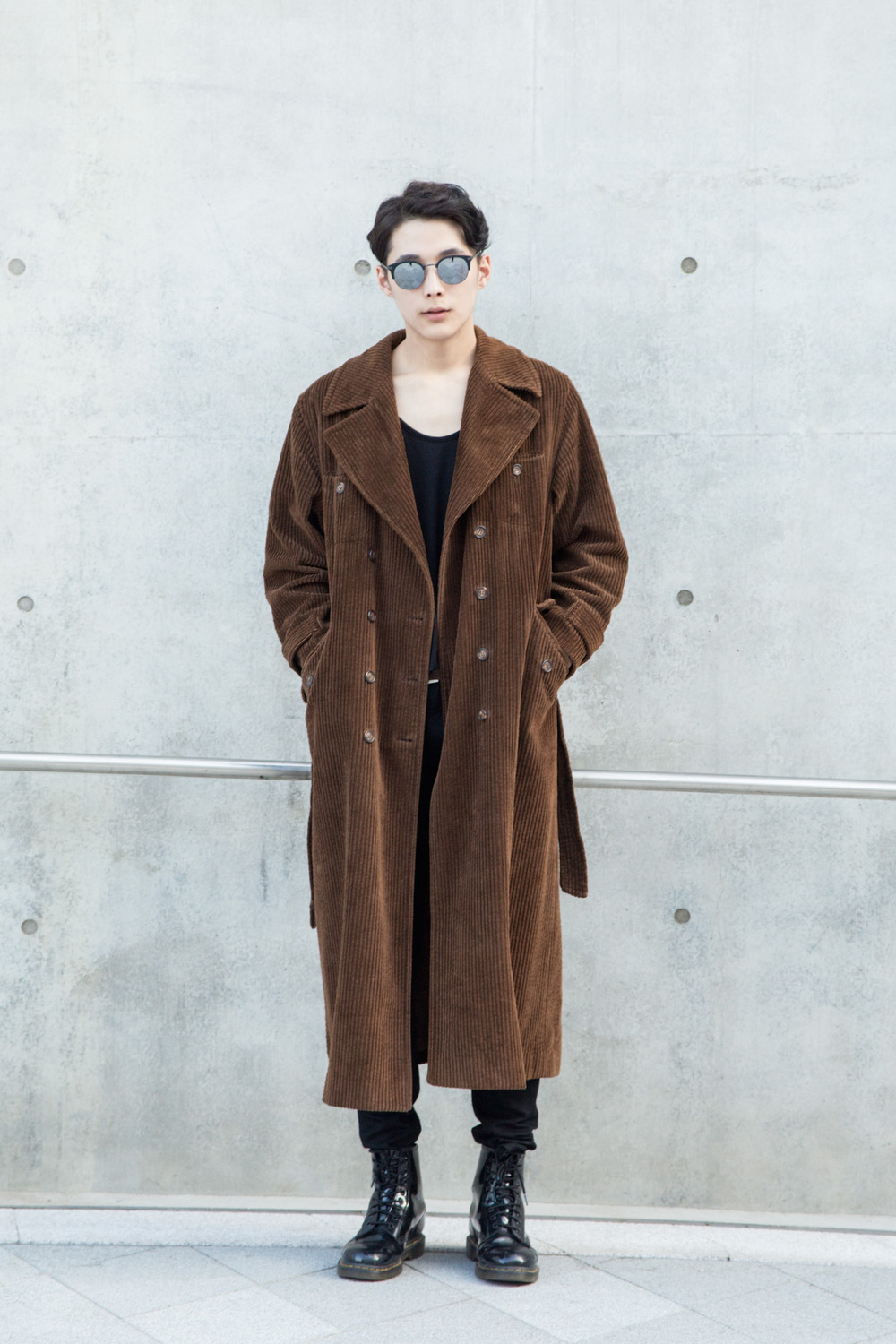

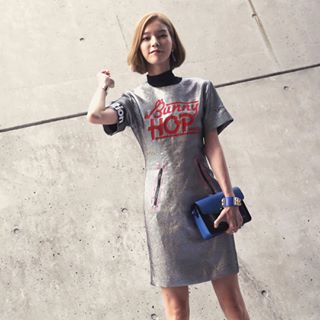
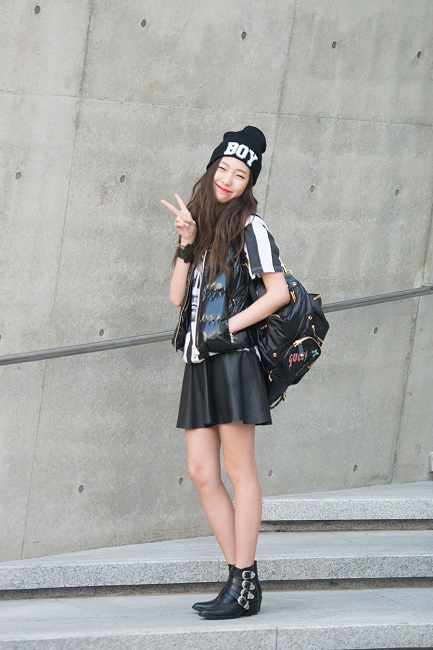
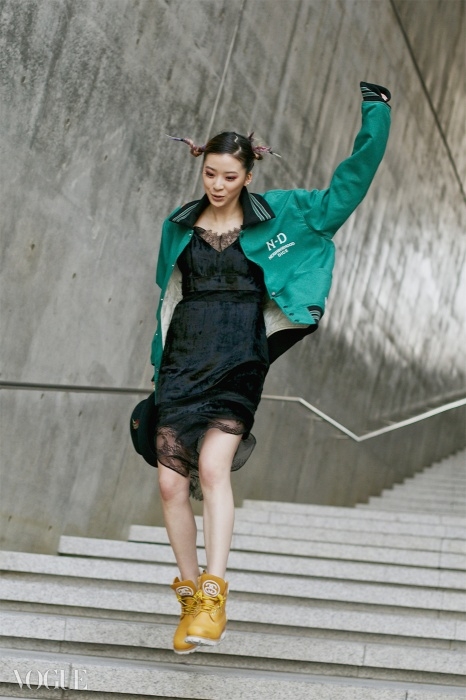
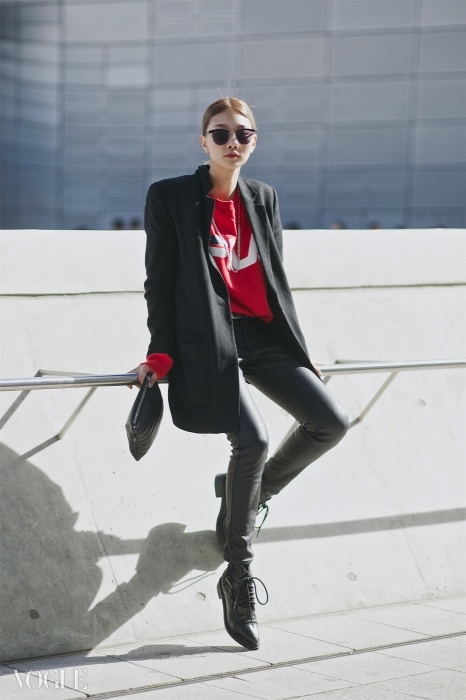
Some of these have appeared in Vogue, even. Frankly, as a photographer, I am constantly surprised at how low the standards are for street fashion photography. But I am obviously biased and would feel this way as a photographer with an interest beyond just the clothes, but I still fail to see what's interesting about models -- people who've won the genetic lottery and are in the top 1 percentile of desirability and appearance in society -- wearing clothing that is considered the top of the local field in which they find themselves -- I found it hard to believe that the pictures are so damn boooorrrrrring. It's obviously not the model nor the clothing, so what else is there?
It's lazy "photographers" who are making the same mistake made in the street fashion photography field in 1990s Japan. In that case, too, people fetishized the clothing, which was often incredibly wonderful and whimsical, but yet, in being focused on the clothing only, it's all we remember about Japanese street fashion. No one remembers the photographers, nor much specifically about Japanese society and culture. And there's a reason for this. It was, in the aggregate and retrospect, a mindless act of slavishly recording pieces of cloth on random human bodies. Amateur street fashion photographers in Korea -- and especially at Seoul Fashion Week since around 2013 -- seem to be engaged in this slavish documentation style of photography. In fact, it would be safe to say that the same thing is happening to street fashion photography as happened to fashion show photography, since there was a major change from the style of small, intimate affairs for a select group of people who had no idea what they were about to see and the photographers who documented the clothing there according to myriad, individual photographic styles, to the present, mechanical style of runway photography in an age of a corporatized fashion industry and the photographers who shoot in its service, with little room for photographic expression and whose main photographic imperative is that of unvaried, robotic consistency for lookbook editors who want each leg at the same angle, an unvarying consistency in lighting, et cetera.
Guy Marineau for CHristian Dior in 1998.
An Lie Sang Bong show from Getty Images in 2015.
Something similar is happening in "street fashion" photography, which is so much about the fashion that it has forgotten that it really isn't done in the street anymore, in any real sense. In the case of SFW, it is telling that this simple and obvious fact is forgotten about as photographers run out to "do street" in a Dongdaemun Design Plaza area that is as far removed from street as imaginable, the "street fashion runway" being a concrete area nestled deep within the complex itself, surrounded is a sea of featureless concrete and steel walls, with only a small window of sky even visible. to provide "natural light." It is just about the worst place imaginable to shoot real, lived culture in the original sense of the "street" that one can imagine. Essentially, the DDP is a hermetically sealed, culturally sterilized zone of spatial homogeneity. Which is exactly why it has become so popular with Korean amateur street fashion photographers, especially in the age of hallyu. This is because hallyu itself privileges cultural commercialization that presents "culture" in hermetically sealed, sterile, semiotically homogenous, stylistically pasteurized packaging that allows for ease and consistency in production, packaging, and even (perhaps especially) its final, finished form. This seems to be why the DDP lower entrance area has become a place popular for "street" fashion photography that isn't anywhere close to the street. This fact reflects a very Korean way of handling cultural packaging and presenting itself to the outside world. Just as with most hallyu cultural products, both the process of production and the final product must be finely and minutely controlled, with almost no room for error, and unfortunately individual creative expression. Because to insert one's on style on the product requires veering dangerously off a safe, well-traveled course, which is uncomfortable and requires a specific confidence enough to do so at least, but also the technical skills to do so as well, which are often quite lacking in the kind of photographer who is not only perfectly comfortable shooting what everyone else is shooting, but actually prefers to do so.
It nearly goes without saying that I will be comparing the uninspired and mechanical style of street fashion photography in the DDP concrete studio negatively against my own.
That being said, my assertion here is not that I am the best street fashion photographer ever, but simply that I am an actual photographer, possessed of the technical skills and inclination to turn random people I meet on the street and the environments in which I find them into powerful images with palpable visual impact and are full of style – a style, my own, in particular – to the point that anyone can look at one of my photographs and say "John Smith took that." Or, "That is defineitely a John Smith picture." That should be the goal of any photographer engaged in real artistic production. And if street fashion photography is indeed an artistic endeavor to any extent, with photographers engaged in it calling themselves professionals with picture that are their signature, one look at a picture should invoke the photographer's name. If you can't do that, you're not doing your job as a photographer. Also, if one looks at an image and can't identify the location (especially in something called "Korean street fashion"), what's the point. Good street photography should be an equal balance of the street (environment) and the photograph (the subject and clothing) in relation to one another. It's what's called an "environmental portrait", after all, and is an old, established genre of portrait. Photographers – doing street fashion, documentary, formal portraiture, whatever – should at least know these basic things. Because it's not just about the clothing and who's wearing them. Because fashion isn't just about clothing; fashion is part of a larger conversation, it is a cultural text, it is about social norms and value, social structures, all in the big picture, defined as what we call culture. If you can't see all that in a street fashion picture taken in Korea, something major is missing.
Since the "street" at SFW has essentially been turned into a runway, there isn't much photographic variation or real, long-lasting creativity. This lack of longevity in the street fashion photography field does not bode well for the prospects of Korean fashion, in the end. And it should be of concern to professional photographers who take either their own creative prospects or the promotion of Korean culture as a central concern in their work.
This is not what we want, street photography turned into a runway, separated from the street, done out of convenience and to bolster one own's sense of authority as a photographer. In my case, at any rate, this isn't the kind of photography I want to be hemmed into doing.
Because real street is in the street, not locked in a concrete shooting gallery below ground. And it needs to say something, has to have VISUAL PUNCH.
If you're not actually in the street, in culture, in context, and talking beyond just the broader boundaries of mere clothing, you're not saying much that will be remembered after the season is over. And even in within the boundaries of the concrete DDP complex, one can still shoot interestingly:
In this age of carefully cultivated and curated identities, politically correct trepidation, the digital discount that the ease and speed of photographic production produces in the value of images themselves, not to mention the commercial incentive to please the most people and get the most "LIKES", along with the mechanization of the productive processes themselves, there isn't much room left for a truly distinctive photographic style anymore, as contradictory as that may sound in a field that deals with fashion. But that's where this all has brought us. Still, any effort to keep things real, especially when looking at fashion items, must be protected. After all, what's the best way to deal with an outfit in which socks and sandals are the main point of the look? You focused on what's important, even as you try to present an aspect of the subject's character and personality in context. And sometimes, this means taking a photographic subject "off the grid" and away from the maddening crowd, lowering the camera to a crazy angle, and letting the shutter fly. And you end up letting an ongoing conversation between colors, character, and composition make a picture pop off the screen.


